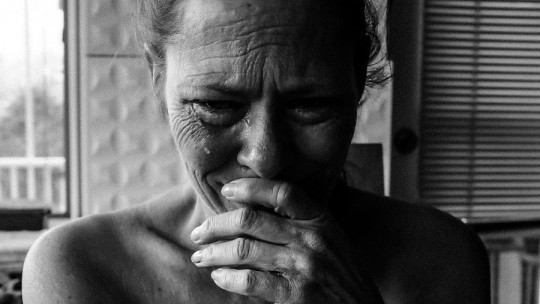
Jacobson (1996) called Behavioral Activation (BA) the programming of activities, applied together with cognitive intervention techniques, which allow the improvement of any behavioral deficit or excess in the person.
Is about a therapy aimed at treating depression and that understands the behaviors of the person who suffers from it not only as a symptom, but as part of the essence and maintenance of the disorder.
What is Behavioral Activation?
Among the symptoms of depression, one of the most characteristic is inaction, which is part of a vicious circle in which the person who suffers from it is immersed: the lack of activity affects the mood and, in the same way, the depressed mood produces a lack of activity. This relationship is the epicenter of the Behavioral Activation proposal, which considers some types of depression as elaborate forms of avoidance.
The objective of this therapy, framed within the third generation therapies of the cognitive-behavioral current, and which is in itself a therapy itself, is that depressed patients can organize their lives and change their environment to reestablish their relationship with sources of stimulation that provide them with positive reinforcement
Some of the interventions with behavioral activation methods, aimed at reducing depressive symptoms, are: prioritizing tasks, scheduling life goals, reinforcing social contact behaviors, and carrying out rewarding activities.
How does it work?
The therapy is fundamentally based on prescribe activities to break the dynamic of inactivity For it to be effective, especially at the beginning, it is necessary that the programming includes easy, rewarding activities (not just pleasant, since we look for activities that are satisfactory and require effort), gradual and that are very well planned, therefore, especially at the beginning of the program, it is easy for difficulties to arise in its implementation.
Current meta-analytic reviews (Cuijpers, van Straten, & Warmer-dam, 2007) and experimental work comparing different therapeutic approaches—antidepressant medication, cognitive therapy, and behavioral activation therapy—(Dimidjian et al., 2006) have revealed that purely behavioral interventions are sufficient for an efficient and effective approach to depressive symptoms.
Its advantages
Some of the advantages of Behavioral Activation programs are the following.
It has demonstrated ample scientific evidence
Compared to pharmacological therapy, it has obtained comparable results and a higher percentage of remission in the subjects, as well as adherence to treatment
It is a simple treatment to apply
Compared to other proposals, it does not require as many steps.
It does not require modification of thoughts, whose procedure is more complex
The data suggest that applying the behavioral components alone They obtain the same result as the application of complete cognitive therapy
Conclusion
In short, Behavioral Activation is a therapy with strong empirical support, which provides a new treatment opportunity for people suffering from depression.








